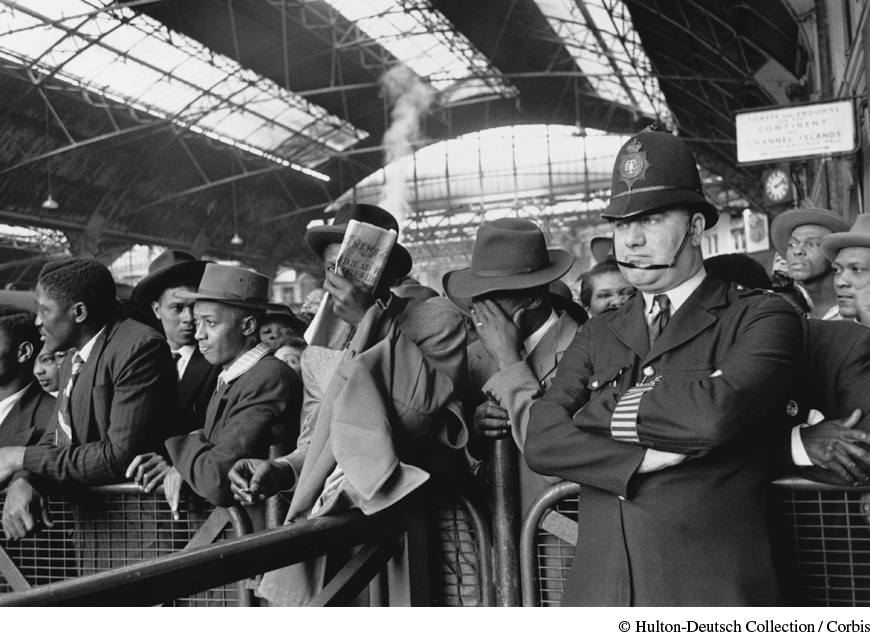Newcomers Arrive in Europe
Newcomers Arrive in Europe
Amid the uncertainties of wars of independence, people from the former colonies began migrating to Europe—a reversal of the nineteenth-century trend of migration out of Europe. The first non-Europeans came from Britain’s Caribbean territories right after the war. Next, labor shortages in Germany, France, Switzerland, and elsewhere drove governments to negotiate with southern European countries for temporary workers. The German situation was particularly dire; in 1950, the working-age population (people between the ages of fifteen and sixty-four) was composed of 15.5 million men and 18 million women. In an ideological climate that wanted women out of the workforce, the government desperately needed immigrants. Germany and France next turned to North African and then to sub-Saharan countries in the 1960s. Immigrants from around the world flocked to Scandinavia because of reportedly greater opportunity and social programs to integrate newcomers. By the 1980s, some 8 percent of the European population was foreign-born, compared with 6 percent in the United States.
According to negotiated agreements, immigrant workers would have only temporary resident status, with a regular process of return to their homeland. Turks and Algerians would arrive in Germany or France, for example, to work for a set period of time, return home temporarily to see their families, then head back to Europe for another period as guest workers. They were welcomed because they took few social services, not even needing education because they came as adults. For businesspeople, temporary workers made good economic sense; often their menial work was off the books. “As they are young,” one French business publication added, “the immigrants often pay more in taxes than they receive in allowances.” Most immigrants did jobs that people in the West avoided: they collected garbage, built roads, and cleaned homes. Although men predominated among migrant workers, women performed similar chores for even less pay.

REVIEW QUESTION What were the results of decolonization?
Immigrants came to see Europe as a land of relatively good government, wealth, and opportunity. Living conditions, too, seemed decent to many. The advantages of living in Europe, especially the higher wages, made many decide to stay and soon attracted clandestine workers to countries like Italy that had formerly exported labor. As empires collapsed, European populations became more diverse in terms of race, religion, ethnicity, and social life. Across Europe and North America, many newcomers eventually became citizens and their children achieved good positions in government, business, education, and the professions.